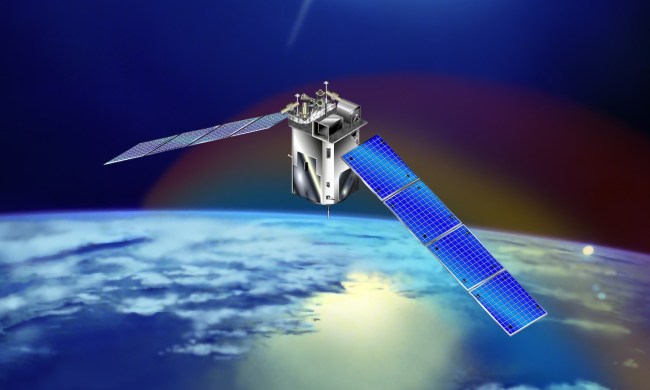Jupiter is shrouded in dense clouds. By flying just 2,900 miles above the cloud layer, Juno will pass closer to the gas giant than any prior spacecraft, smashing NASA’s Pioneer 11 record by 18,000 miles. From this distance, Juno will be able to examine Jupiter’s auroras and offer scientists insight into the planet’s origin, structure, atmosphere, and magnetosphere.
But nearness comes at a cost. “We are not looking for trouble, we are looking for data,” Scott Bolton, principal investigator of Juno from the Southwest Research Institute in San Antonio, said in a NASA press release. “Problem is, at Jupiter, looking for the kind of data Juno is looking for, you have to go in the kind of neighborhoods where you could find trouble pretty quick.”
Jupiter’s caustic, clay-colored clouds aren’t necessarily the source of worry. Beneath the top cloud layer, highly pressurized, metallic hydrogen creates a kind of electrical conductor, which — along with Jupiter’s rotation — scientists think creates a magnetic field with tons of high-energy particles and some of the most intense radiation in the whole solar system.
“Over the life of the mission, Juno will be exposed to the equivalent of over 100 million dental X-rays,” said Rick Nybakken, Juno’s project manager from NASA’s Jet Propulsion Laboratory (JPL) in Pasadena, California. “But, we are ready. We designed an orbit around Jupiter that minimizes exposure to Jupiter’s harsh radiation environment. This orbit allows us to survive long enough to obtain the tantalizing science data that we have traveled so far to get.”
To defend against this radiation, NASA equipped Juno with a customized, 400-pound titanium skull within which the ship’s electronic wiring is more or less protected. While the more exposed wiring would hardly last one flyby, the skull gives Juno’s wiring a lifespan of some 20 months. Still, the most dangerous time for Juno will be the beginning, when its initial entrance into Jupiter’s orbit will either make or break the mission.


